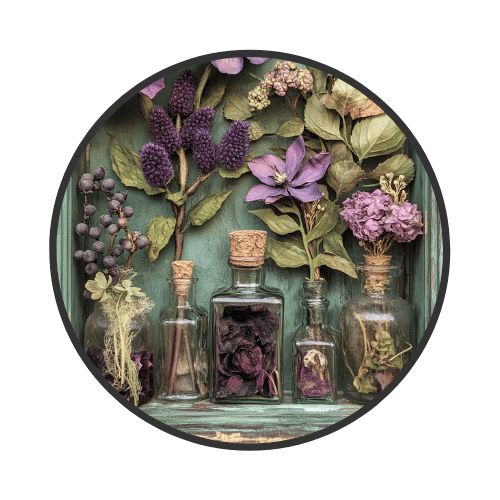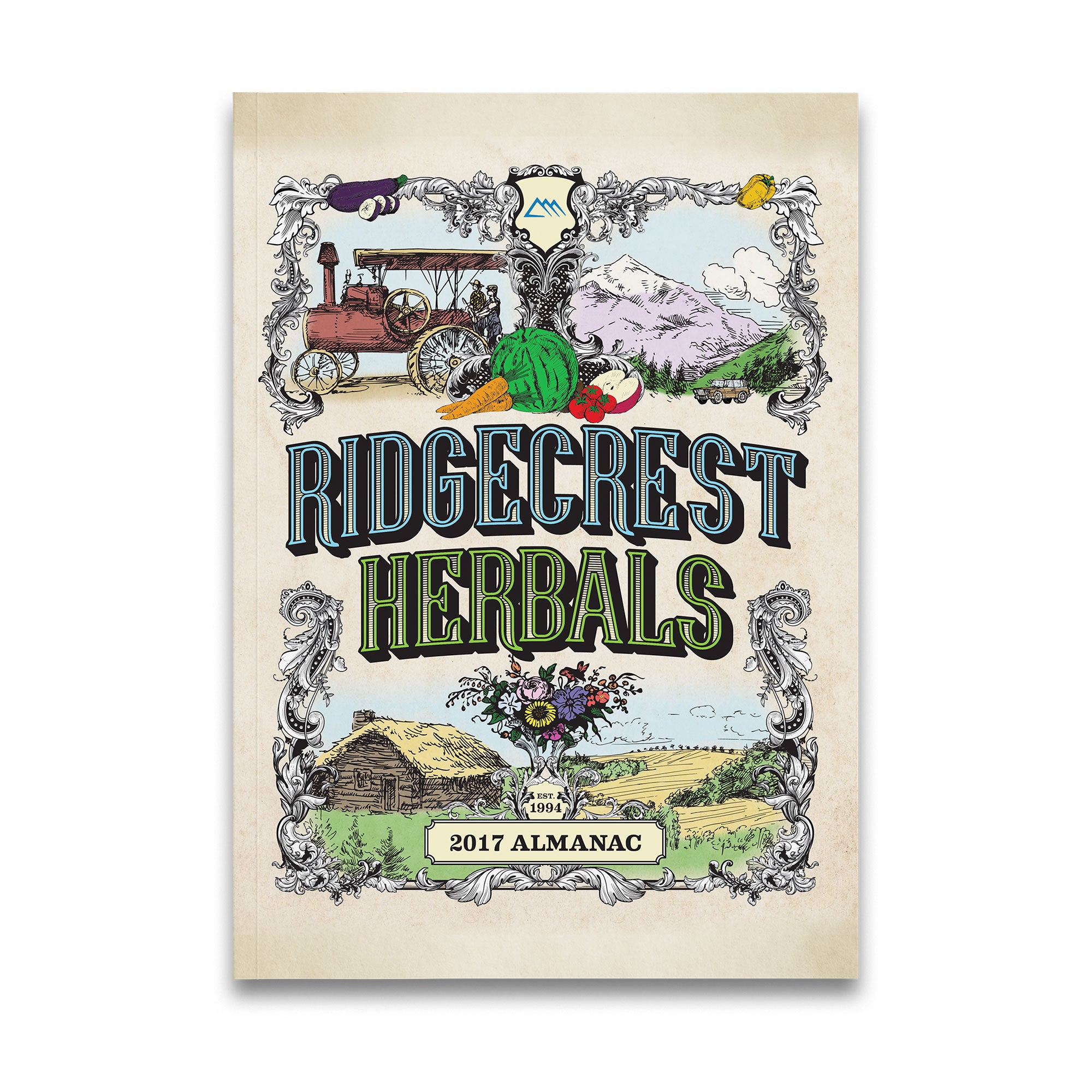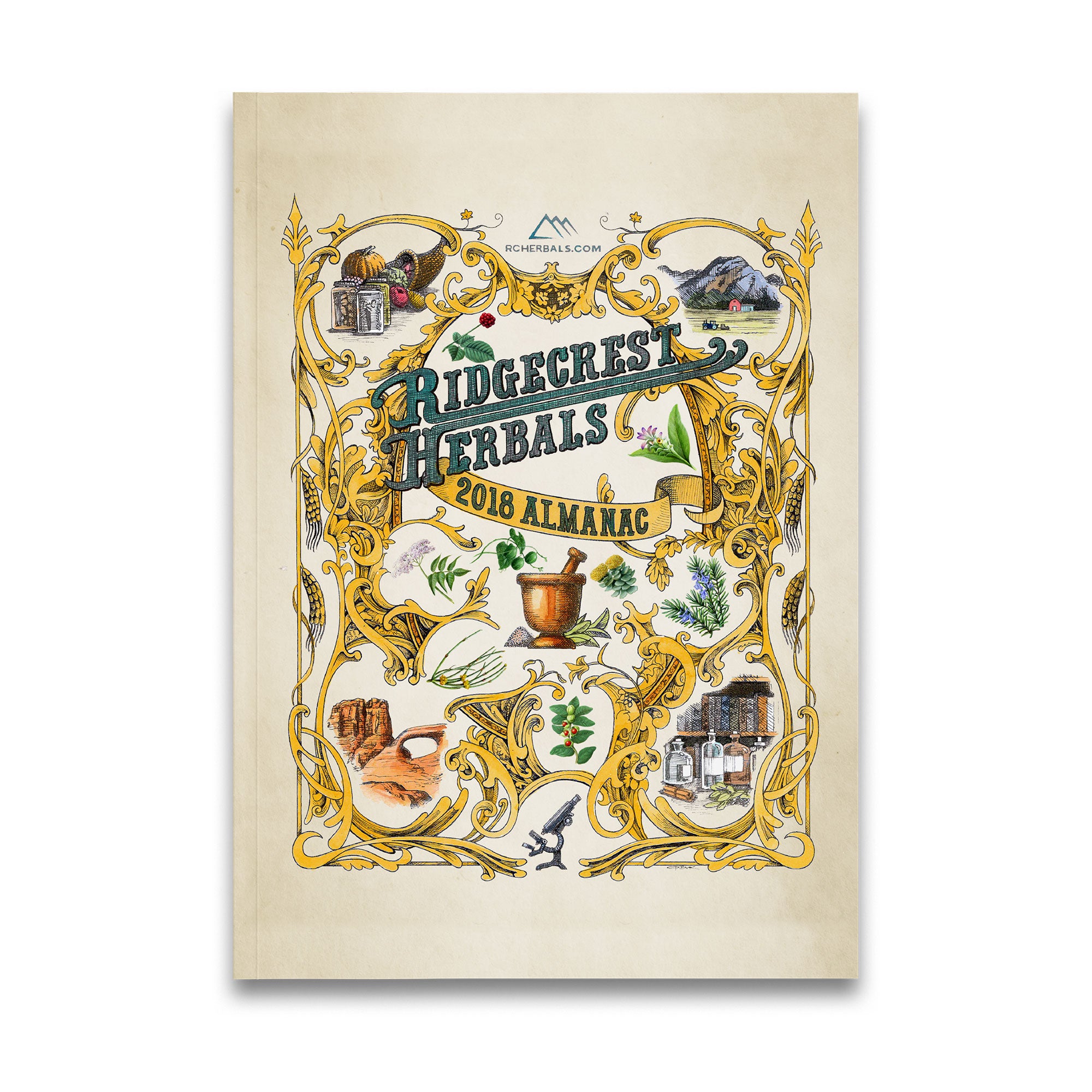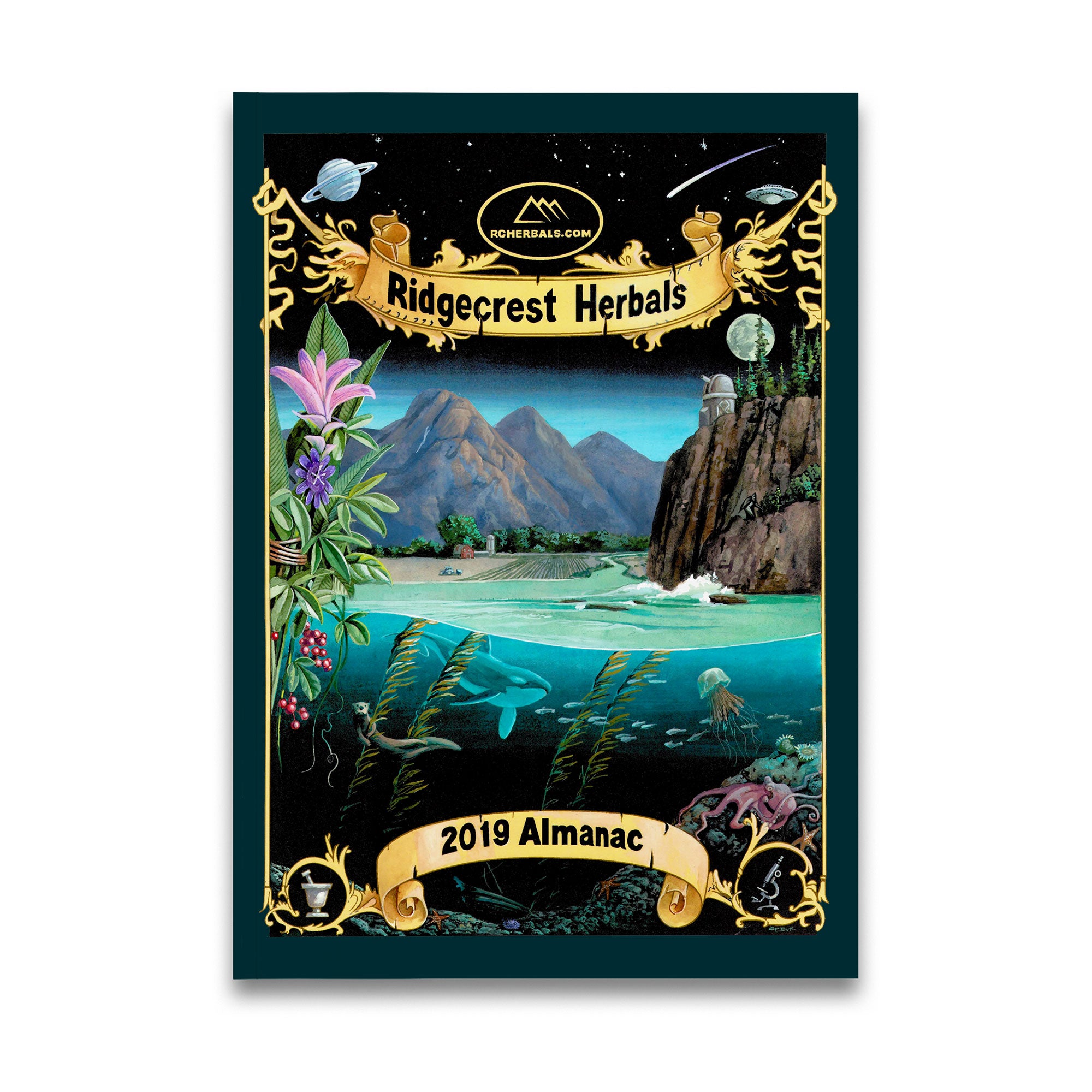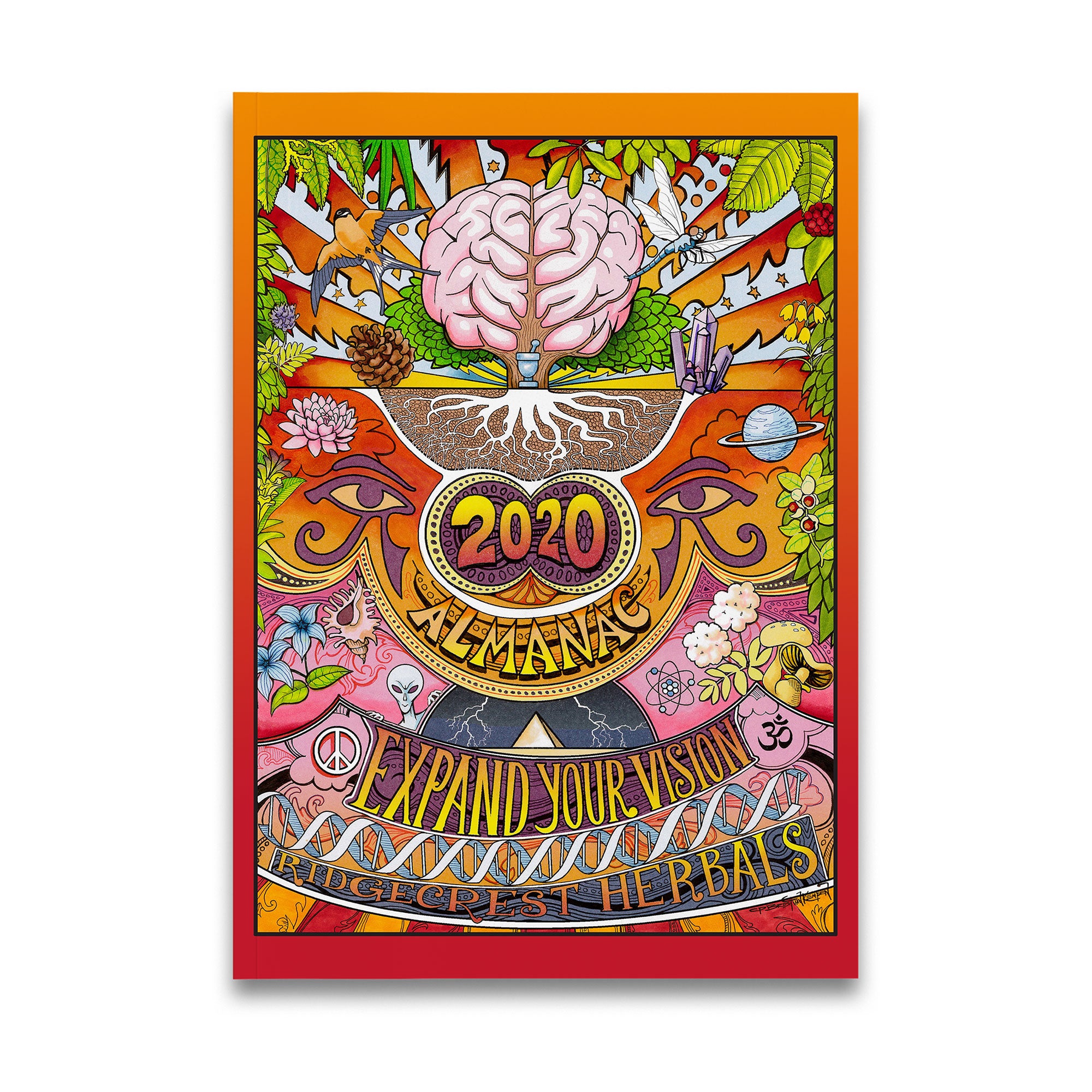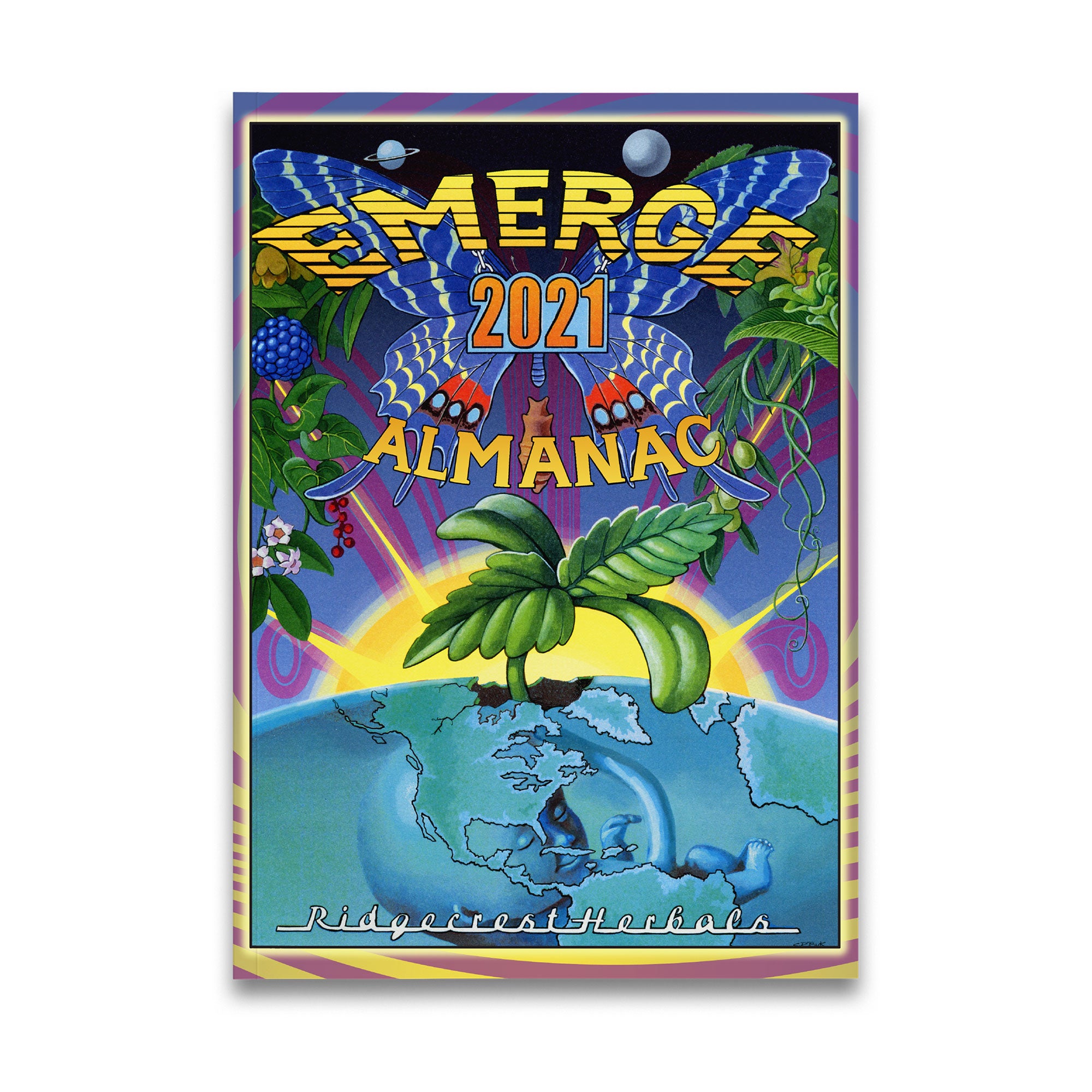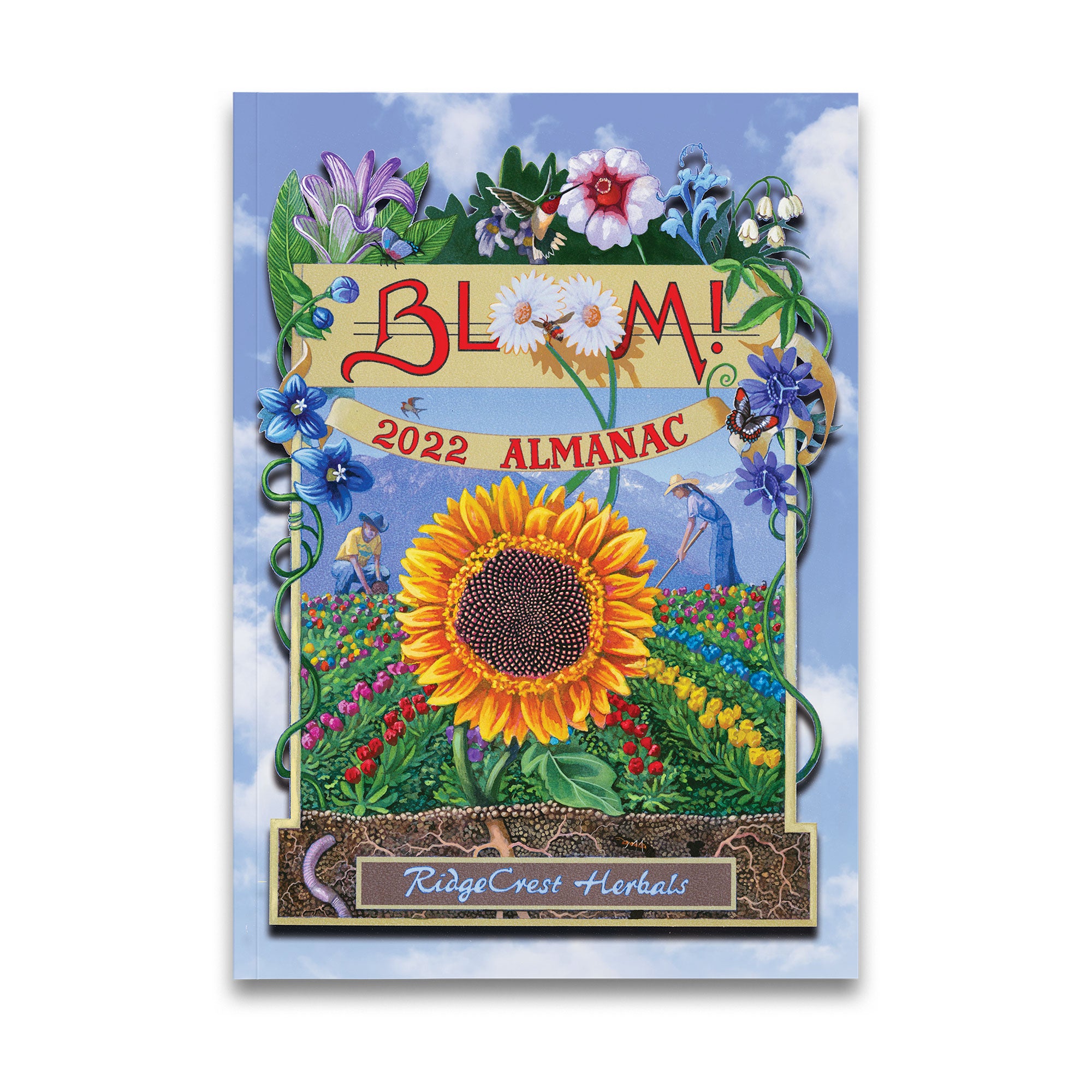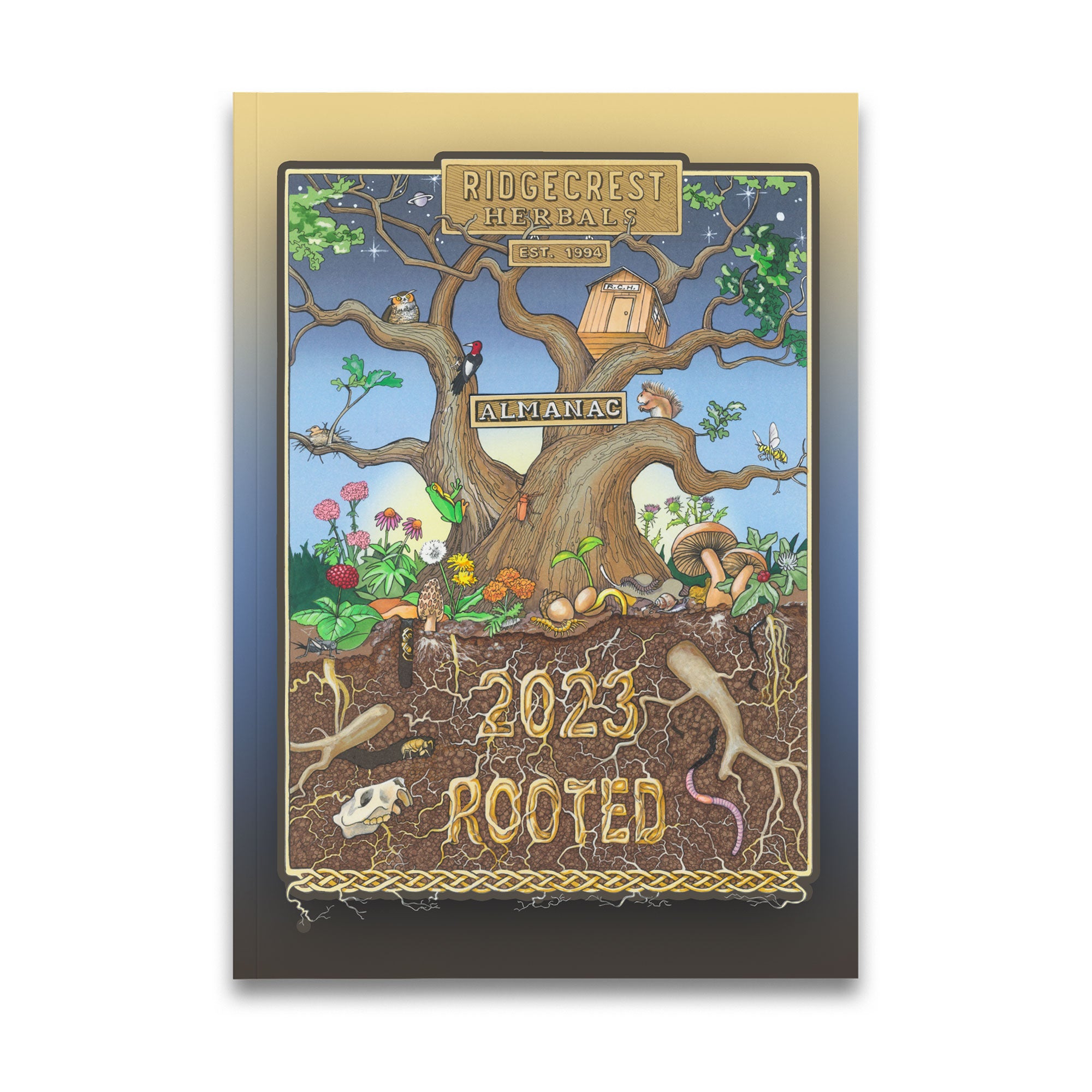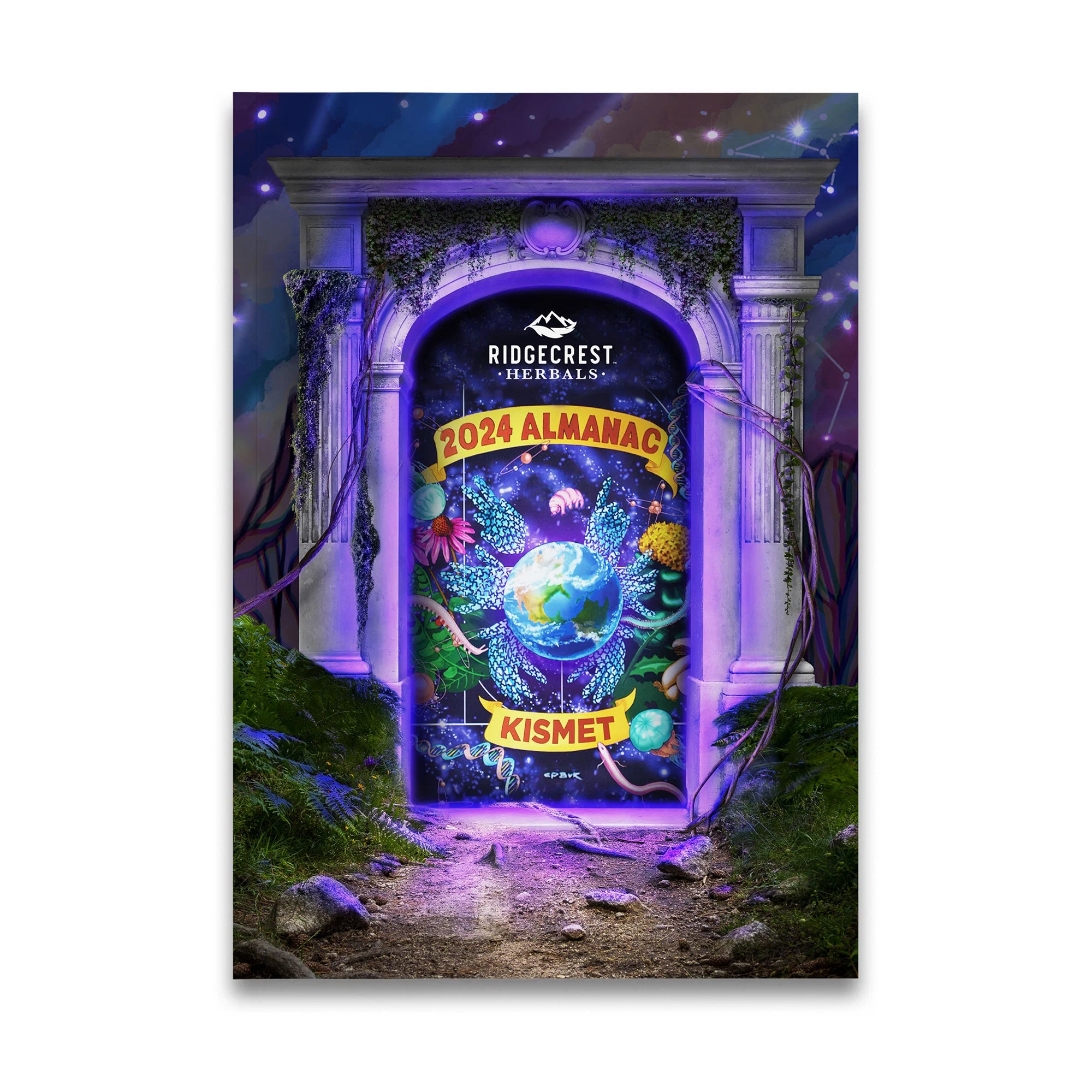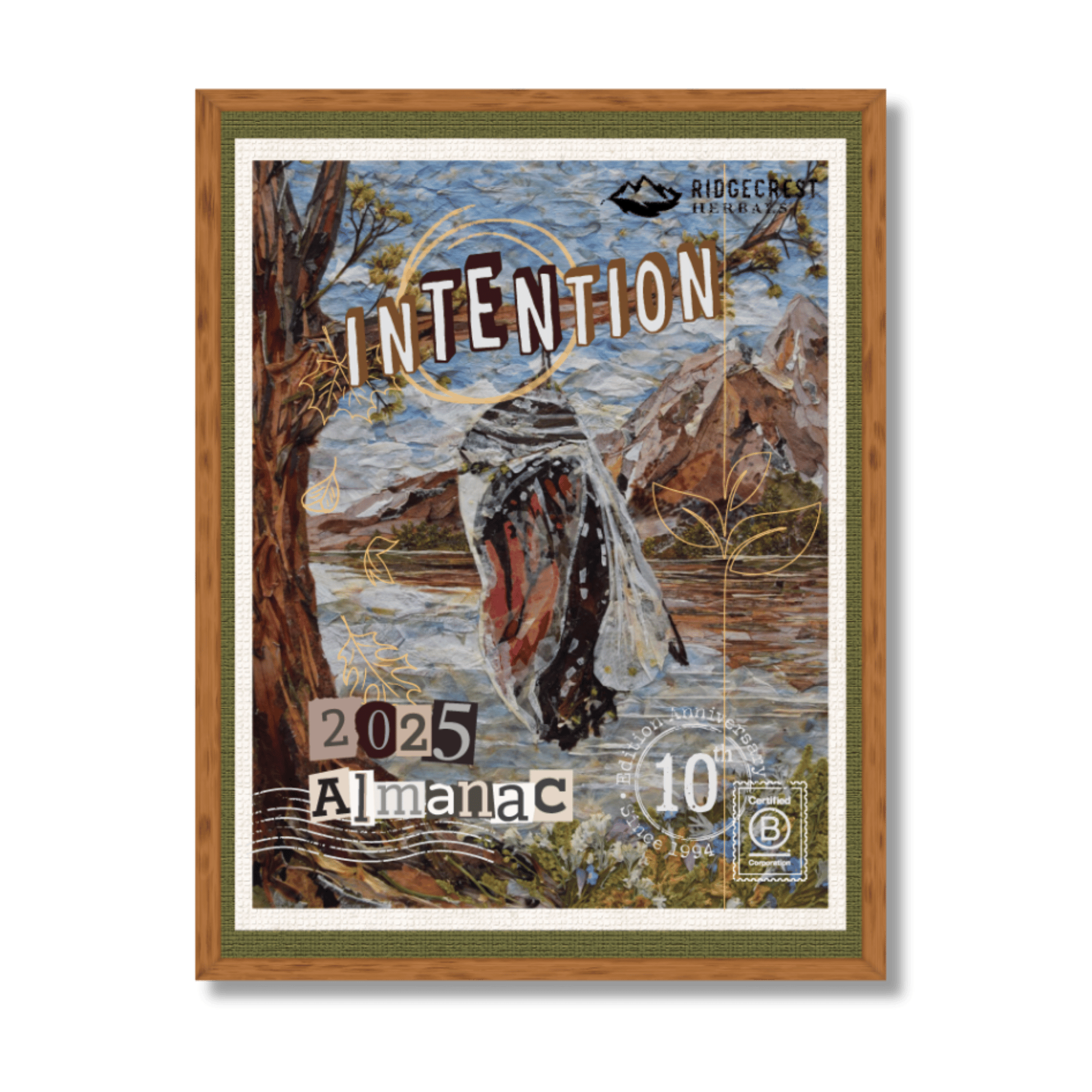Henbane, Wolfsbane, Belladonna, Deadly Nightshade, Hellebore. These plants conjure images and feelings of magic, death, murder, danger, and intrigue. Cloaked in mystery and secrecy, these poisonous plants have fascinated and intoxicated people for centuries. Healers and scientists have harnessed these haunting botanicals' bewitching power. Modern science has discovered and derived many modern drugs from these plants, such as atropine from Belladonna. In large quantities, it is deadly, but Venetian women used it in the Renaissance to dilate pupils to make themselves more attractive.
Historically, these plants have been used for hunting game, fishing, warfare, medicine, religious ceremonies, and recreational activities. Did you know that the word pharmacy comes from the Greek word pharmakon, meaning remedy and poison? As they say, “The dose makes the poison.” There is a line between kill and cure. This idea has existed for as long as these plants have been in use. It's interesting to think that people intentionally dose with poisons.
Much of what we know about these poisonous plants is in a famous text called Bald’s Leechbook. This medieval reference manual contains medicinal advice and remedies gathered from various sources over time. It has been used to understand medieval ideas of medicine and explains why so many old apothecary gardens have poisonous plants.
It is speculated that the poison used in Romeo and Juliet was Deadly Nightshade. Alexander the Great was poisoned with Hellebore root that was added to his drink. Wolfsbane was used in Dracula as protection from vampires. Poisonous plants have a long, and interesting history, steeping in legends and lore, riveting stories, as well as useful applications. They are so fun to learn about.


